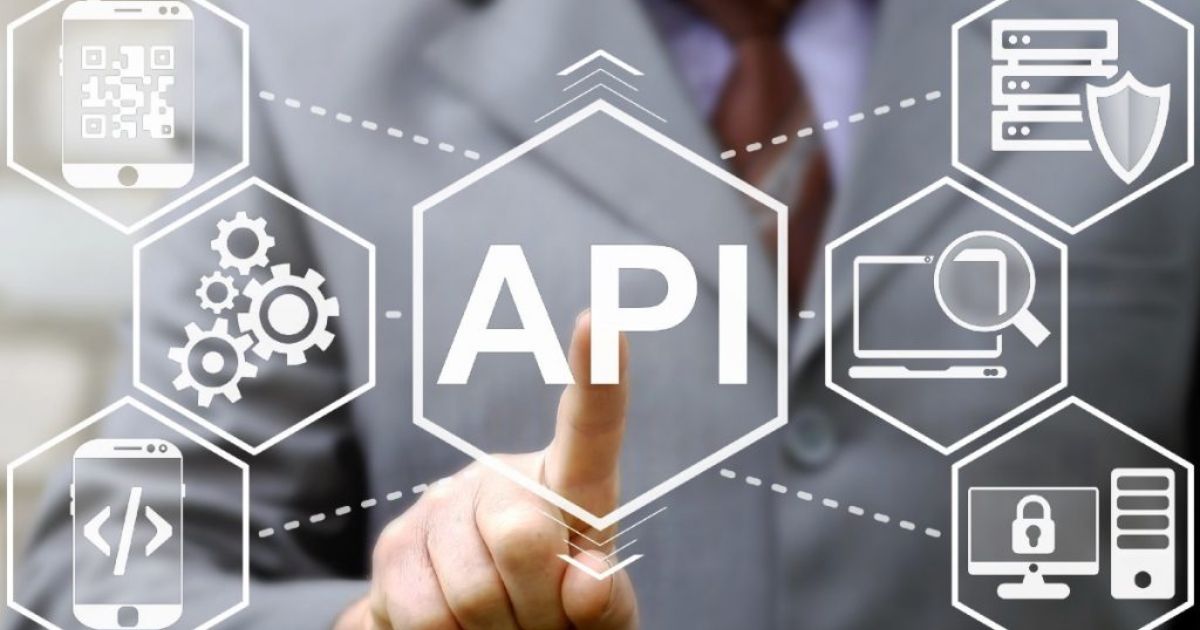Maximizing API success through wireframing and modeling is all about setting yourself up for a home run before you even start coding. It’s like planning the perfect road trip you map out your route, figure out the best stops, and pack everything you need before hitting the road.
By sketching out your API’s structure and how people will use it, you’re basically creating a blueprint for success. This way, you catch potential hiccups early and build an API that folks will actually want to use. It’s smart planning that pays off big time in the long run.
Understanding Wireframing and Modeling
Wireframing in API design is like sketching a blueprint for a house. It’s a visual representation of your API’s structure and functionality. This process helps you map out the key components and interactions before diving into the nitty-gritty of coding. By creating wireframes, you can spot potential issues early and ensure your API aligns with user needs.
Modeling, on the other hand, takes wireframing a step further. It involves creating a detailed plan of your API’s structure, including data models, endpoints, and relationships. This process helps you refine your API’s architecture and ensures it can handle complex interactions efficiently. Together, wireframing and modeling form a powerful duo that can significantly boost your API’s chances of success.
API Modeling
API modeling is a crucial process that transforms product requirements into a preliminary high-level API design. It ensures your API meets both developer and end-user goals effectively.
Key points of API modeling:
- Maps out API structure and functionality
- Identifies resources, endpoints, and interactions
- Helps spot potential issues early
- Improves overall API usability and efficiency
- Facilitates better communication between stakeholders
- Reduces development time and costs
Benefits of API Modeling
API modeling offers a wealth of advantages for developers and businesses alike. It streamlines the development process, ensuring that your API aligns perfectly with both user needs and business objectives. This alignment can lead to significant improvements in various aspects of your project.
- Faster development cycles
- Reduced costs and resource allocation
- Higher adoption rates among developers
- Improved API usability and user satisfaction
- Easier maintenance and scalability
- Better documentation and communication within teams
- Early identification of potential issues or bottlenecks
API Modeling Steps
The API modeling process isn’t a one-and-done deal. It’s an iterative journey that involves five key steps. Each step builds on the previous one, helping you refine and improve your API design. Remember, it’s okay to revisit earlier steps as you gain new insights. Flexibility is key in creating a truly effective API.
Step 1: Identify the Participants
The first step in API modeling is to identify who will use your API, including people, software systems, partner apps, and IoT devices. Make a list of all these users to ensure your API meets their needs. For instance, mobile apps may need efficient API calls due to limited bandwidth, while data tools might need access to large amounts of data. Knowing these requirements early on helps avoid problems later.
Step 2: Identify the Activities
After identifying who uses your API, find out what they want to do with it. List all the main tasks your API should support, focusing on their end goals instead of the exact methods. For example, a food delivery app might need features like ordering food or tracking deliveries.
Brainstorming these tasks helps create a user-friendly API that meets real needs. Get creative sometimes the best features come from thinking outside the box about what users might want to do.
Step 3: Separate the Activities into Steps
Now, break those activities into smaller steps to understand how your API will work. List the actions needed for each task, like logging in, fetching data, or updating records. Bringing in experts can be really useful here, as they offer valuable insights into industry processes and user needs. The aim is to make your API easy and intuitive for users.
Step 4: Identify the Resources and Candidate APIs
As you break activities into steps, you’ll notice patterns that reveal important resources your API needs, such as user profiles, order details, or product catalogs. Identifying these resources helps you organize your API effectively. You also need to decide which resources should be available as API endpoints since not everything needs direct access. The goal is to balance flexibility and simplicity in your API design.
Step 5: Validate the API Model
The last step in API modeling is testing your design. This means checking it with methods like API walkthroughs, use-case testing, and business process diagrams to find any issues before you start coding. It’s also a good time to get feedback from future users to improve your design and make sure it works well in real-world situations. Making changes now is easier than after the API is built, so be open to refining your model based on this feedback.
Read More : Technological Updates FTAsiaEconomy
Benefits of Wireframing
Wireframing is like a crystal ball for your API design. It helps you visualize how users will interact with your API, revealing potential pain points or opportunities for improvement. This process is especially crucial when developing APIs for mobile or web interfaces, where user experience can make or break an application.
By creating wireframes, you can optimize your API calls and ensure smooth performance, even in challenging conditions like unreliable mobile networks. Wireframing also helps you balance the needs of different user types, from power users who need advanced features to newcomers who value simplicity and ease of use.
The Synergy Between Wireframing and Modeling
Wireframing and modeling work together to improve the API development process. Wireframing gives a broad view of the API’s structure, while modeling focuses on detailed technical aspects. Combining both ensures a well-designed and functional API.
The Development Workflow
Begin with wireframing to outline the API’s basic structure, then move to detailed modeling to specify technical details
- Initial Wireframing: Outline basic structure and interactions.
- Detailed Modeling: Define technical specifics like data formats and error handling.
- Iterative Refinement: Revisit and improve wireframe and model based on feedback.
Example
Let’s look at a real-world example to see how wireframing and modeling can make a difference. Imagine we’re building an API for a food delivery app. Our wireframing process might reveal that users want real-time updates on their order status and the ability to track their delivery driver’s location.
This insight would inform our API modeling process. We’d identify key participants (customers, restaurants, delivery drivers), activities (placing orders, updating status, location tracking), and resources (user profiles, order details, driver locations). Through validation, we might discover that we need to optimize our API for frequent, small updates rather than large data transfers.
Conclusion
Wireframing and modeling are the dynamic duo of API design, paving the way for success in today’s digital landscape. By embracing these techniques, you’re not just building an API; you’re crafting an experience. From identifying key participants to validating your model, each step brings you closer to an API that truly resonates with its users.
Remember, great APIs aren’t born; they’re designed. Whether you’re working on a mobile application or a complex web service, the principles of wireframing and modeling remain your north star. So, roll up your sleeves, grab your digital pencil, and start sketching out your next API masterpiece. Your users are waiting for an API that doesn’t just work, but works wonders.


